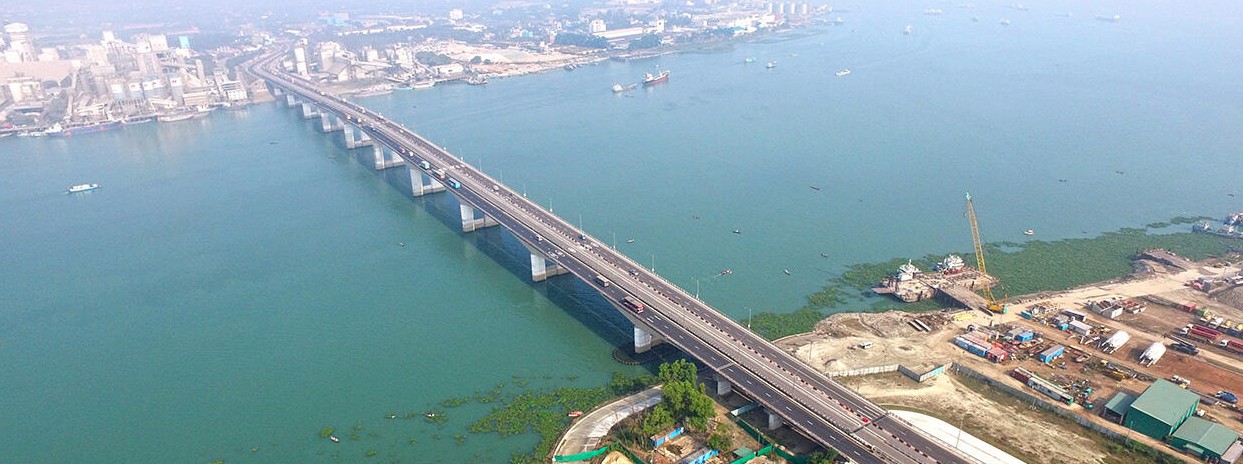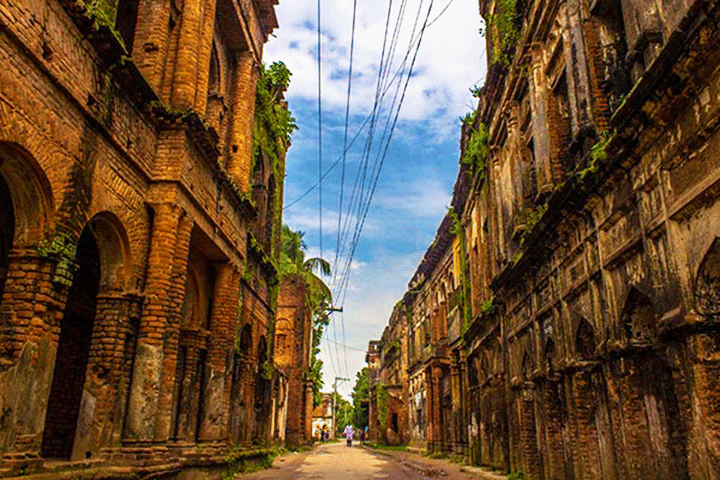-
-
জেলা সম্পর্কিত
Introduce to the District
History - Tradition
Geographic & Economic
Miscellaneous
-
Administration
Deputy Commissioner
About Sections
Important Information
Innovation Activities
-
Govt. Offices
Security & Discipline Affairs
Health
Engineering
Agriculture & Food
-
Agriculture Extension Dept.
-
নিরাপদ খাদ্য কর্তৃপক্ষ
-
Dist. Food Controller Office
-
Seed Marketing
-
District Fisheries Office
-
District Livestocs Office
-
Office of the Chief Inspector, Department of jute,Narayanganj (North), Narayanganj
-
Dept. of Jute
-
Seed Certification Agency
-
Dept. of Agricultural Marketing
-
District BADC (IR) Office
-
District Veterinary Hospital, Narayanganj.
-
Plant Quarantine Station, Riverport, Narayangonj
-
District Artificial Insemination Centre, Narayanganj.
Communication & Engineering
Education & Culture
অন্যান্য সরকারি অফিস
-
জেলা-রেজিস্ট্রারের কার্যালয়,নারায়ণগঞ্জ।
-
Protibondhi Seba O Sahajjo Kendro
-
নারায়ণগঞ্জ জেলা পরিসংখ্যান কার্যালয়
-
কলকারখানা ও প্রতিষ্ঠান পরিদর্শন অধিদপ্তর
-
জেলা সঞ্চয় অফিস/বুরো
-
ইসলামিক ফাউন্ডেশন, নারা্য়নগঞ্জ
-
জেলা হিসাব রক্ষণ অফিসারের কার্যালয়, নারায়ণগঞ্জ।
-
জেলা নির্বাচন অফিসারের কার্যালয়, নারায়ণগঞ্জ
-
National Consumer Rights Protection Directorate
-
Social Forest Division, Narayanganj
-
My House My Farm Project
-
Passport Office
Human Resources
-
Dept. of Social Service
-
Divisional Labor Office, Narayanganj
-
Dept. of Youth Development
-
Dept. of Women Affairs
-
BRDB
- Cooperation Office
-
Protibondhi Seba O Sahajjo Kendro, Narayanganj
-
District Hindu Welfare Trust Office
-
Urban Social Services Office Narayanganj
-
Jatyo Mohila Sangstha, District Office, Narayanganj
-
Agriculture Extension Dept.
-
Local Govt
District Council
Araihazar Municipality
City Corporation
Upazila Council
Union Council
- Online hearing
-
Other Institutions
Educational Institutions
Organizations
- Innovation
-
-
জেলা সম্পর্কিত
Introduce to the District
History - Tradition
Geographic & Economic
Miscellaneous
-
Administration
Deputy Commissioner
About Sections
Important Information
Innovation Activities
-
Govt. Offices
Security & Discipline Affairs
Health
Engineering
Agriculture & Food
- Agriculture Extension Dept.
- নিরাপদ খাদ্য কর্তৃপক্ষ
- Dist. Food Controller Office
- Seed Marketing
- District Fisheries Office
- District Livestocs Office
- Office of the Chief Inspector, Department of jute,Narayanganj (North), Narayanganj
- Dept. of Jute
- Seed Certification Agency
- Dept. of Agricultural Marketing
- District BADC (IR) Office
- District Veterinary Hospital, Narayanganj.
- Plant Quarantine Station, Riverport, Narayangonj
- District Artificial Insemination Centre, Narayanganj.
Communication & Engineering
Education & Culture
অন্যান্য সরকারি অফিস
- জেলা-রেজিস্ট্রারের কার্যালয়,নারায়ণগঞ্জ।
- Protibondhi Seba O Sahajjo Kendro
- নারায়ণগঞ্জ জেলা পরিসংখ্যান কার্যালয়
- কলকারখানা ও প্রতিষ্ঠান পরিদর্শন অধিদপ্তর
- জেলা সঞ্চয় অফিস/বুরো
- ইসলামিক ফাউন্ডেশন, নারা্য়নগঞ্জ
- জেলা হিসাব রক্ষণ অফিসারের কার্যালয়, নারায়ণগঞ্জ।
- জেলা নির্বাচন অফিসারের কার্যালয়, নারায়ণগঞ্জ
- National Consumer Rights Protection Directorate
- Social Forest Division, Narayanganj
- My House My Farm Project
- Passport Office
Human Resources
- Dept. of Social Service
- Divisional Labor Office, Narayanganj
- Dept. of Youth Development
- Dept. of Women Affairs
- BRDB
- Cooperation Office
- Protibondhi Seba O Sahajjo Kendro, Narayanganj
- District Hindu Welfare Trust Office
- Urban Social Services Office Narayanganj
- Jatyo Mohila Sangstha, District Office, Narayanganj
-
Local Govt
District Council
Araihazar Municipality
City Corporation
Upazila Council
Union Council
-
Online hearing
Case List
Admin Login
-
Other Institutions
Educational Institutions
Organizations
-
Innovation
দাপ্তরিক স্মৃতিকোষ সিস্টেম
ঢাকা বিভাগের মানব সম্পদ ব্যবস্থাপনা সিস্টেম
মাঠ প্রশাসনের কোভিড ১৯ রিপোর্টিং সিস্টেম
রিপোর্ট ম্যানেজমেন্ট সিস্টেম
পরিত্যক্ত সম্পত্তি ব্যবস্থাপনা সিস্টেম
বার্তা
Named after Bicon Lal Pandey, a Hindu religious leader who was also known as Benur Thakur or Lakhsmi Narayan Thakur.[clarification needed] Pandey acquired ownership of the region from the British East India Company in 1766 after the Battle of Plassey. He declared the marketplaces on the banks of the Shitalakshya river as endowed property to pay for expenses for the worship of the God Narayan. Subsequently, the region was named Narayanganj.[1][not in citation given]
Important developments
- The post office was established in 1866.
- The Narayanganj municipality was officially founded on 8 September 1876.
- Dhaka–Narayanganj telegraph service was set up in 1877.
- Telephony was introduced by the Bank of Bengal in 1882.
Narayanganj became a district (Bengali: জেলা pronounced: Jela) on 15 February 1984. Formerly, it was a subdistrict (Bengali: উপজেলা pronounced: upojela) of the Dhaka district. It grew in importance in the seventeenth and eighteenth century, due to the influx of the Portuguese and the English. The first to develop was the west bank of Shitalakshya. Narayanganj only became important in the nineteenth century, when the Rally Brothers started a company exporting jute to the west in 1830, aided by a company from Assam. By 1908, 18 European companies, and two Indian companies were trading in jute from Calcutta.[1]
From 1947, with the formation of Pakistan, the economy transformed from being mainly a jute production to include jute milling.[2] This followed the establishment of a number of mills in and around Narayanganj that gave the local economy a great boost.
Planning and Implementation: Cabinet Division, A2I, BCC, DoICT and BASIS







